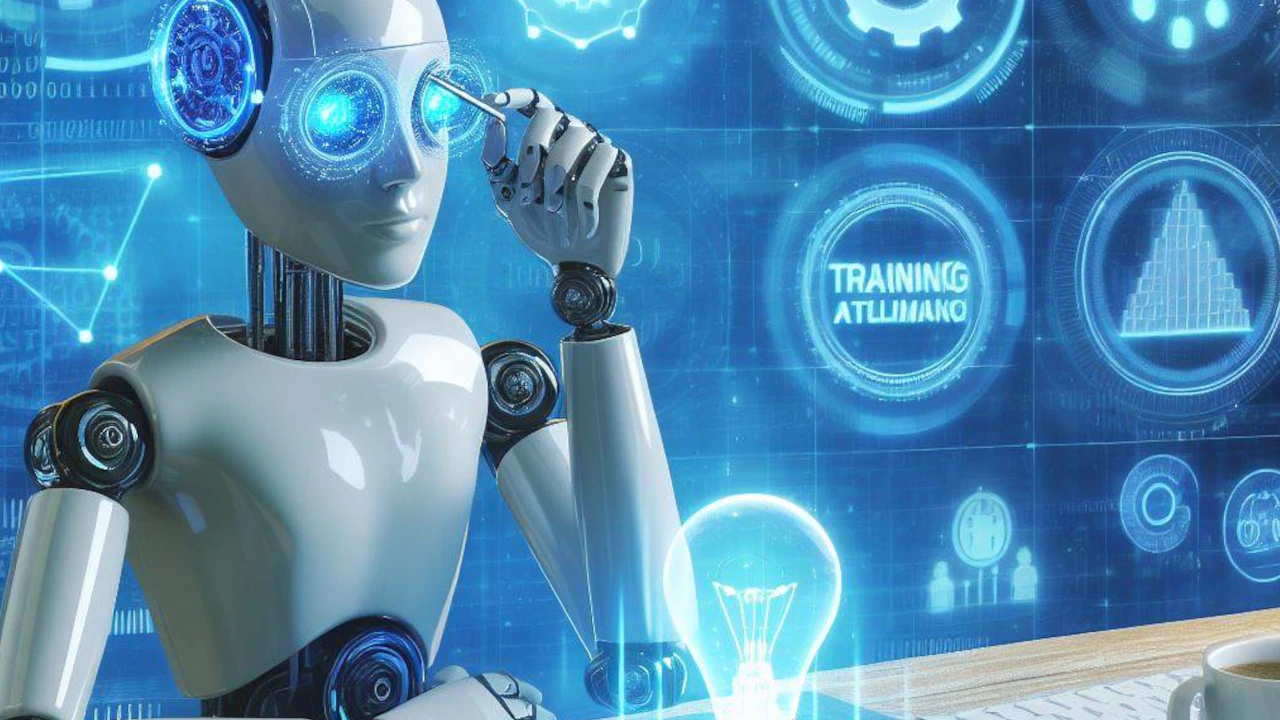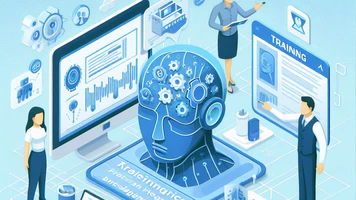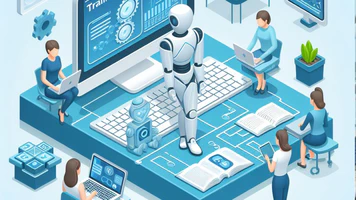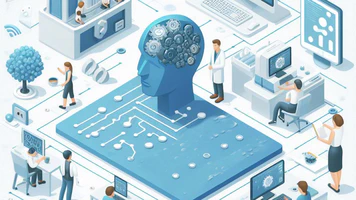
- By Justin Riddiough
- December 7, 2023
Unlocking the Power of Python
Imagine building a house without knowing how to use a hammer and nails. Similarly, training an AI model requires a solid foundation in programming. Python, a popular and beginner-friendly language, becomes your toolset for building and controlling your model.
- Learning the Basics: This guide assumes no prior programming experience. We’ll gently introduce you to the fundamental concepts of Python, from variables and functions to loops and control flow.
- Setting Up Your Environment: Installing and configuring Python on your computer is like preparing your workspace.
Useful Resources:
Mastering Git and Exploring HuggingFace
Think of your model’s code as a blueprint for its creation. Git, a popular version control system, helps you track changes, collaborate, and revert to previous versions if needed.
- Version Control with Git: Imagine working on a complex puzzle with multiple pieces. Git allows you to track the progress of each piece, ensuring you can always retrace your steps or collaborate with others efficiently.
Useful Resources:
- Exploring the HuggingFace Universe: HuggingFace provides a treasure trove of pre-trained models, datasets, and tools, like transformers. Think of it as a library filled with resources to accelerate your model development and unlock new possibilities. Though, take it in small bites, as it can be overwhelming at first.
Choosing the Right Tools for Your Project
Selecting the right tools is like choosing the perfect ingredients for a delicious recipe. This guide will help you navigate the various options available:
Note: As a beginner, you should look into ‘fine-tuning’ as a starting place. This is a method of taking a pre-trained model and training it further on your specific dataset. This is often much faster and requires less data than training a model from scratch.
- Model Selection: We’ll explore different model types, like deep learning and regression, to help you choose the one best suited for your specific problem and data.
- Frameworks Explained: Frameworks like TensorFlow and PyTorch act as your kitchen appliances, simplifying the coding process. We’ll guide you through their functionalities and help you choose the one that best fits your needs.
- Discovering Kaggle’s Playground: Kaggle offers a vast library of public datasets to train your models. Think of it as a supermarket filled with diverse ingredients, ready to be used in your AI experiments.
This is only the beginning of your journey! As you progress through this guide, you’ll gain the necessary skills and knowledge to delve deeper into the exciting world of training and refining your own AI models. Remember, the key is to start small, experiment, and embrace the learning process. With dedication and perseverance, you’ll soon be unlocking the incredible potential of AI and using it to solve real-world problems.


